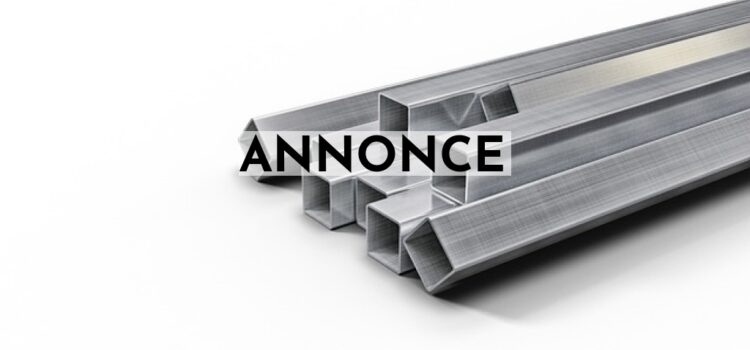When it comes to modern engineering, efficiency in production and cost reduction are paramount. Profile rolling, a process that manipulates metal into desired shapes through a series of rolls, has become a critical player in achieving these goals. This technique not only simplifies the manufacturing process but also significantly cuts down on material and labour costs.
Let us explore how profile rolling can be a cost-effective solution for engineering projects, fostering both innovation and budget efficiency.
Reducing Material Waste
Profile rolling is exceptionally effective in minimizing waste. Unlike traditional cutting methods that often remove substantial portions of material, profile rolling transforms the entire metal piece without cutting away any part. This efficiency ensures that almost all the purchased material is used in the project, and reduces the amount of waste and hence, the cost associated with it.
Lowering Labor Costs
The automation associated with profile rolling machines allows for continuous operation with minimal human intervention. This automation reduces the labour force required to manage the production process, directly decreasing labour costs. Also, profile rolling machines can operate at high speeds, increasing output.
Enhancing Material Strength and Durability
Profile rolling not only shapes materials but also enhances their strength through the cold working process. Strengthened materials mean fewer repairs and maintenance down the line, which can be a significant long-term cost saver. This durability is especially beneficial in sectors like construction and automotive, where longevity and reliability are important.
Increasing Design Flexibility
Profile rolling offers remarkable flexibility in design, which can lead to cost savings in project planning and execution. Engineers can design components that integrate multiple functions or fit into complex assemblies. This integration can drastically cut down on the overall project costs by optimizing both the design and the manufacturing processes.
Streamlining Production Processes
Profile rolling streamlines production lines by allowing for the creation of complex parts through a single process. This consolidation eliminates the need for multiple manufacturing stages, thereby reducing the handling and processing time.
Conclusion
Profile rolling presents a robust solution for reducing costs in modern engineering projects. By maximizing material use, reducing labour needs, enhancing material properties, providing design flexibility, and streamlining production, profile rolling proves to be an invaluable process for engineers looking to optimize budget without compromising quality.


